By Eric T. Baker
The Soviet counterintelligence agency known as SMERSH is so famous for its role in Ian Flemming’s James Bond novels, that its real, historical role is comparatively unknown. Created in the 1930s as a way to root out disloyalty in the Red Army, SMERSH reached its height during the three years from 1943 to 1946 when it was placed directly under Stalin’s control and given the mandate of not only maintaining order in the Red Army, but also stamping out insurgency in the newly captured regions of Eastern Europe and Germany. It is ironic that the postwar setting of Flemming’s novels made SMERSH a famous threat during an era during which it had officially ceased to exist.
The designers at Haggard Games, a Russian game company, however, have based their new game for the PC, Death to Spies, on the historical SMERSH at its apex, battling German troops and Allied spies behind the enemy lines. Cast in the format of a third-person shooter (the player controls a single SMERSH commando from a view- point of over his shoulder), the player will sneak his character around on large, open maps, trying to achieve objectives that include stealing documents, kidnapping officers, doing surveillance, and, of course, assassinating spies.
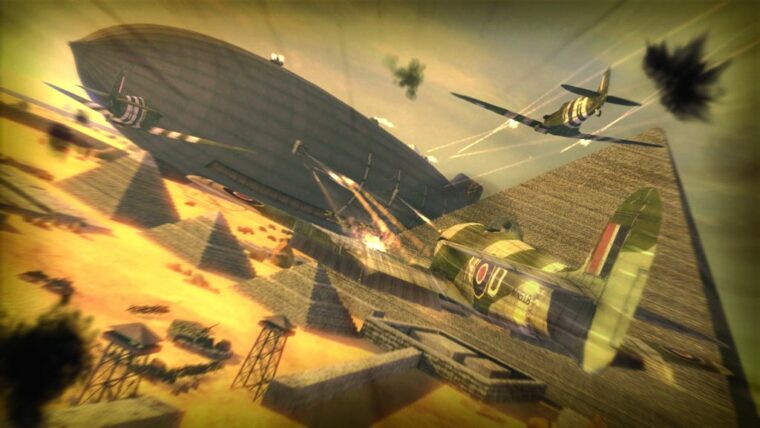
Most first-person games set in WWII tend to be of the run and gun sort. DtS does allow for some gunning, but attempting to kill the character’s way through a mission is much harder than sneaking to the objectives. The main reason is that most of the weapons in the game are almost realistically deadly, and grenades actually are. The 2-D tactical map on the screen displays the guards with a wedge that shows which way they are looking and if they can see the player’s character. If the player is seen in Soviet uniform or even carrying Soviet weapons, the guards tend to throw grenades first and ask questions later. So players are better off making use of the character’s ability to put on captured uniforms, hide corpses, pick locks, and even stare through key holes.
In matters of equipment, DtS is a historically accurate game, but the missions it portrays are more an exercise in making an interesting challenge than they are an exact modeling of the exploits of SMERSH agents during the war. Still, this is an angle from which a stealth game has never come at WWII before. That in itself makes it an interesting game, and the graphics and interface are good enough to carry it off.
And then there is Wings of Power II: WWII Fighters from Tri Synergy for the PC. This is not a stand-alone product, but an add-on for Microsoft’s Flight Simulator 2004. When installed, it lets the player use the Flight Simulator engine to fly five of the best fighters of WWII: the P-51 Mustang, the Spitfire, the Messerschmitt Bf-109, the Japanese Zero, and the P-47 Thunderbolt.
Unlike DtS, there is no “game” per se in WoPII. The add-on is a strict modeling of the five fighters, but because Flight Simulator is not a combat sim, there is no fighting. Players can load the fighters out in different configurations, and the planes are so well modeled that players will actually be able to “feel” the difference between each one, but they can’t actually fire any guns or drop any bombs in anger. So, players who are looking to rule the skies should wait for the next game, below, but for players looking for the most realistic experience of flying these great planes possible to have on a computer, WoPII is the way to go.
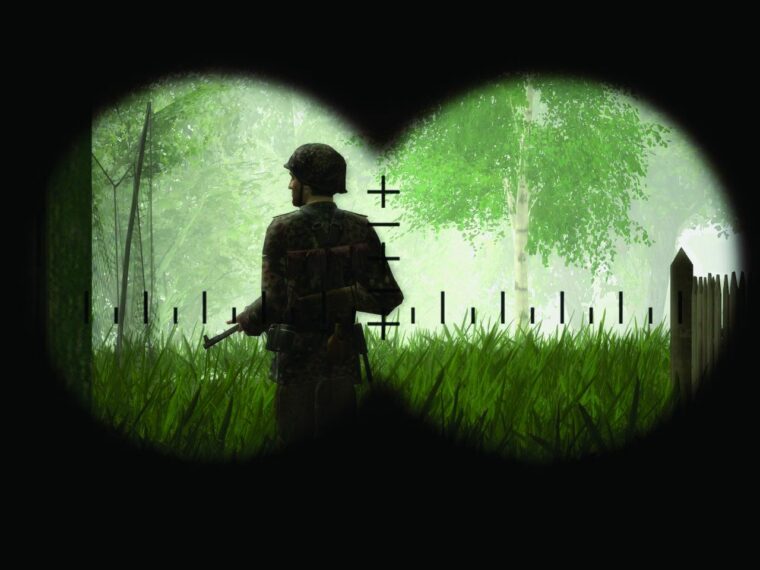
As promised above, Blazing Angels II: Secret Missions of WWII for the PC and Xbox 360 from Ubisoft is much, much more of a game and far less of a simulation than WoPII. Instead of five planes, there are 50. Not all of them actually flew during the war. In fact, some of them were little more than prototype drawings when the war ended, but in the game players can fly the Kyushu J7W Shinden, the Lockheed P-80 Shooting Star, the Gotha Go 229, the Heinkel He-162 Salamander, and many other exotics. While BAII does try to model real-world locations (Cairo, Moscow, and Rome to name three) it doesn’t try to model real-world battles. In the story mode, players take the role of a member of an elite undercover squadron called Operation Wildcard. Its mission is travel the globe, trying to prevent the Nazis from creating weapons of mass destruction. A minor spoiler here shows just how far this game diverges from history: there is a boss battle at the end of the Cairo level against a giant Zeppelin.
For players who don’t mind WWII used as a springboard for a fantasy story line, and for players who want an easier time flying period plans than a strict simulation would provide, BAII is a terrific game. The planes are very flyable, and pulling off the missions with flair and fancy flying earns bonus victory points that can be used to upgrade the player’s hangar of planes. All the planes are upgraded at once, so that the player isn’t forced to choose between a tricked out plane and an unmodified one. The player can always pick the right plane for the mission a head.
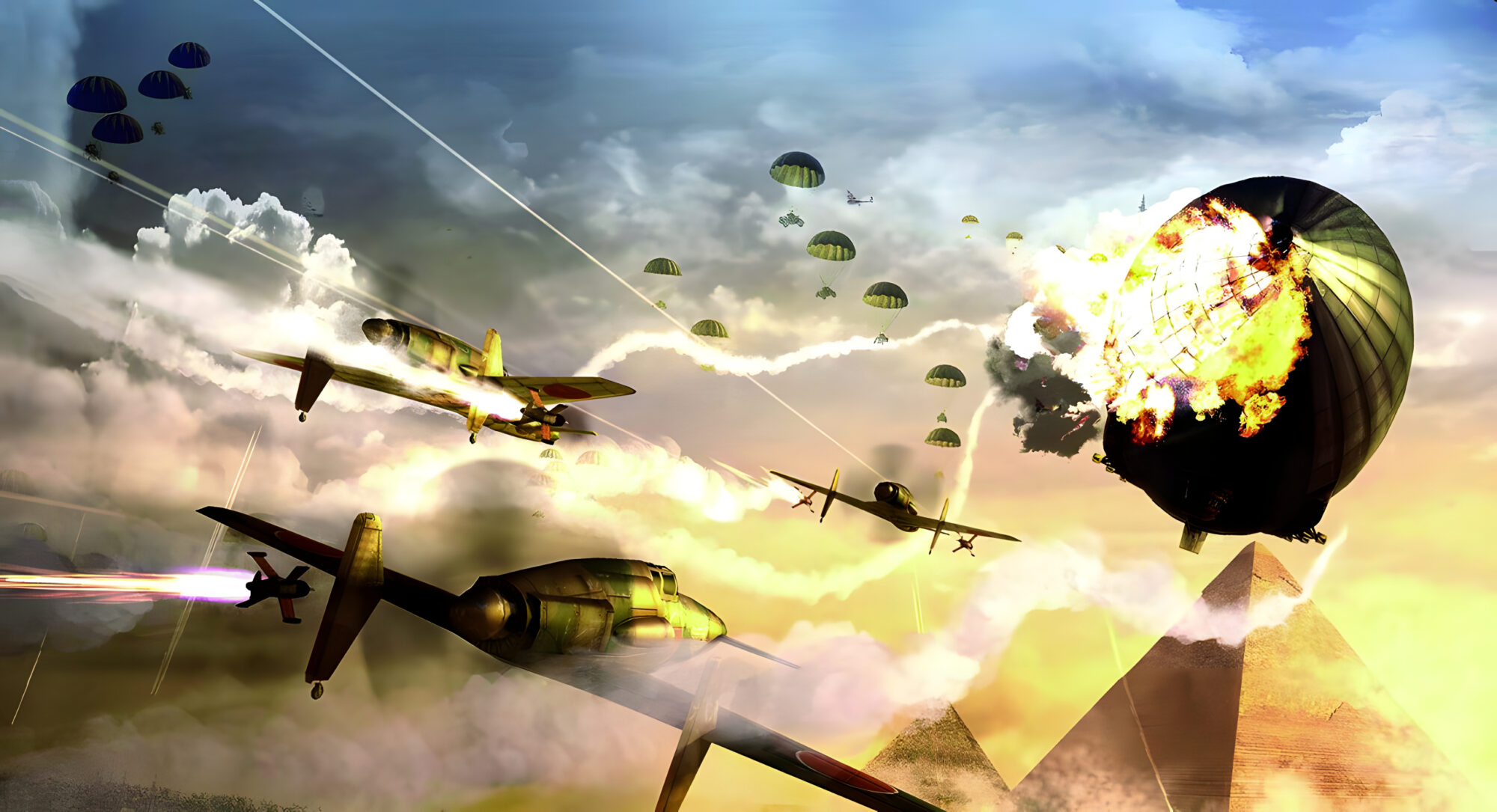

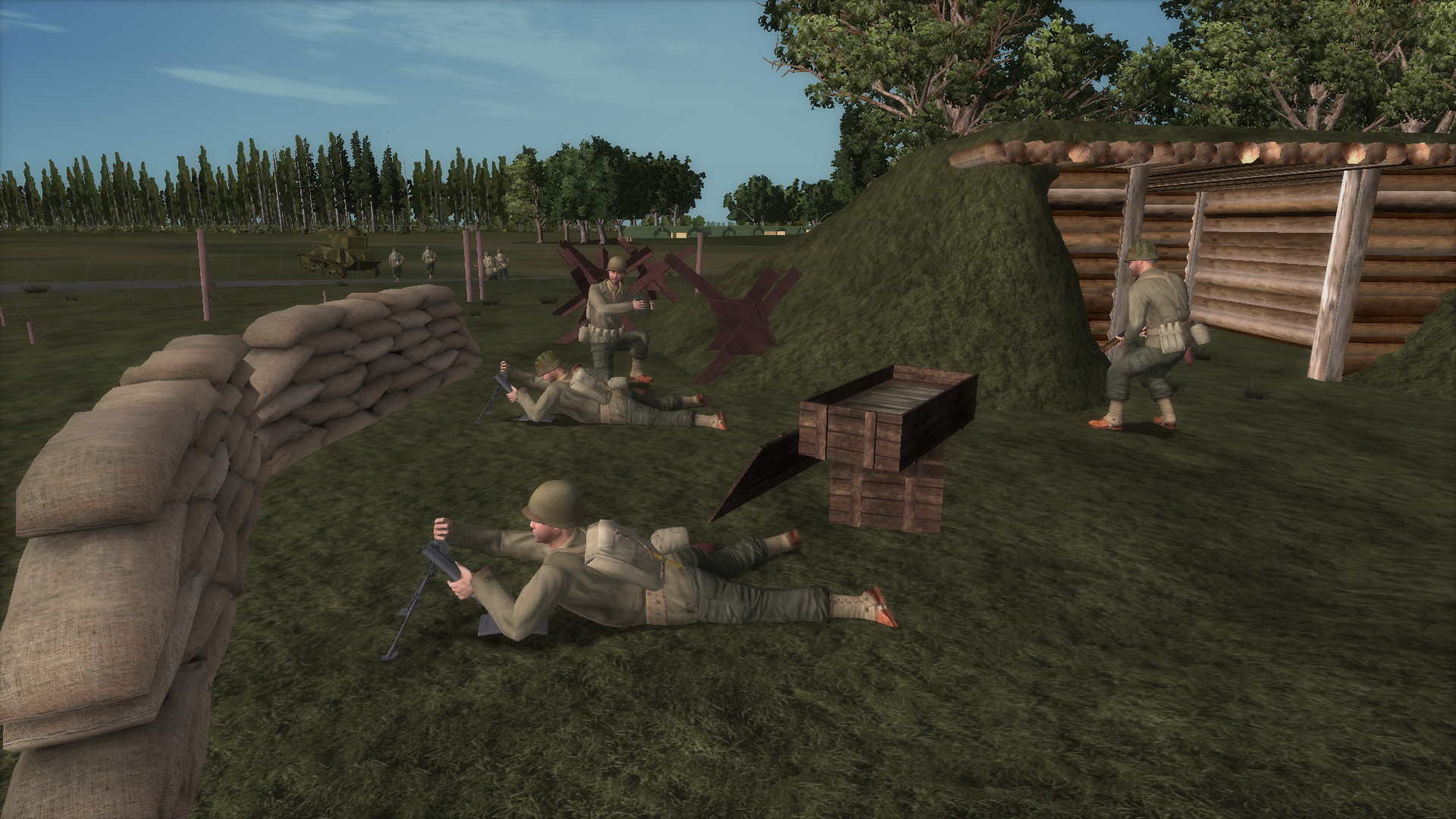
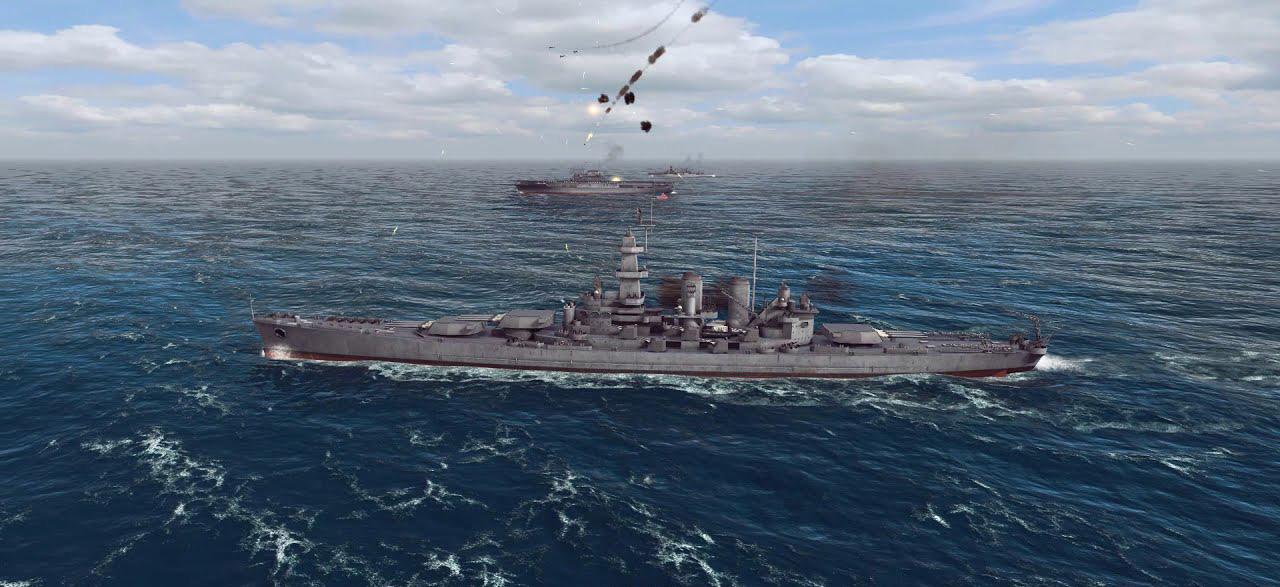
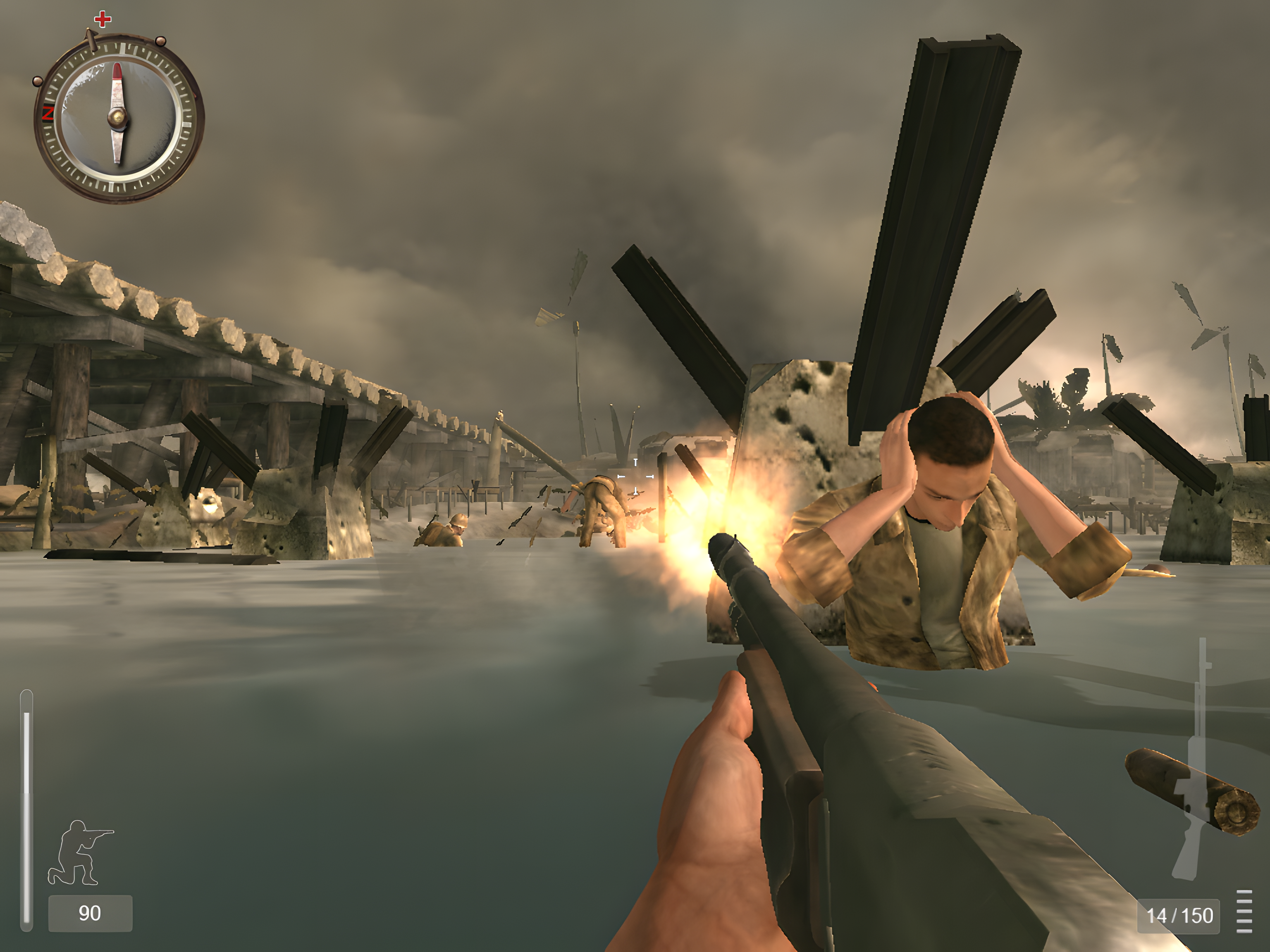
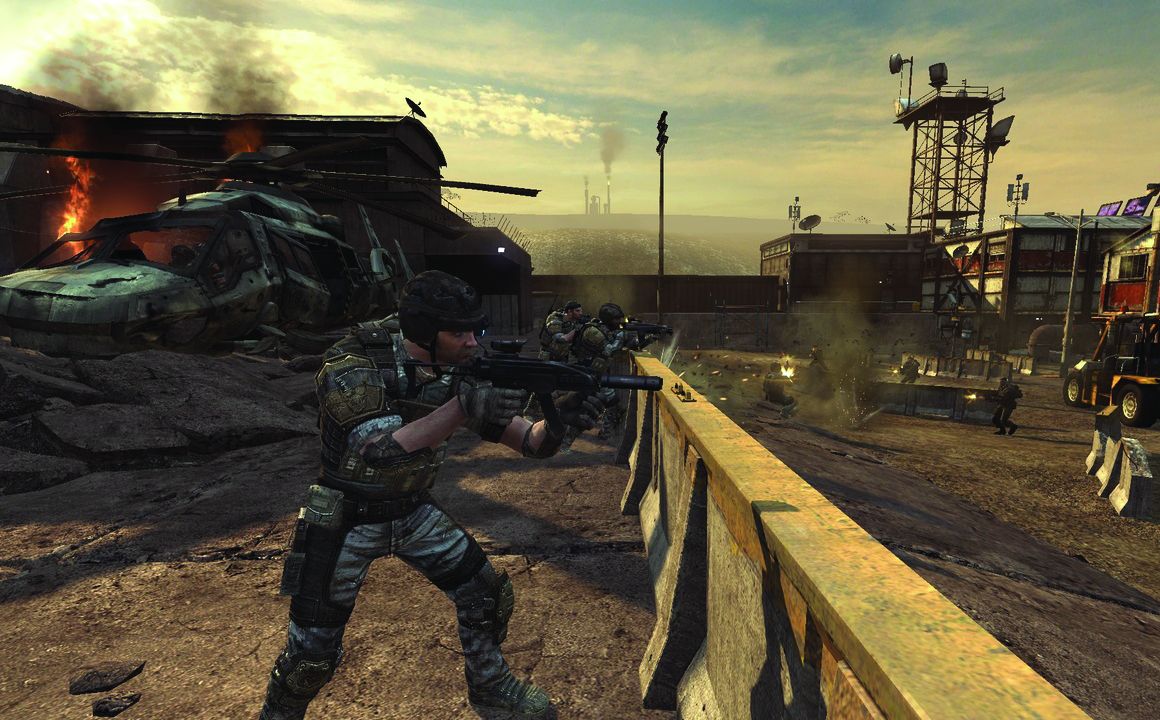
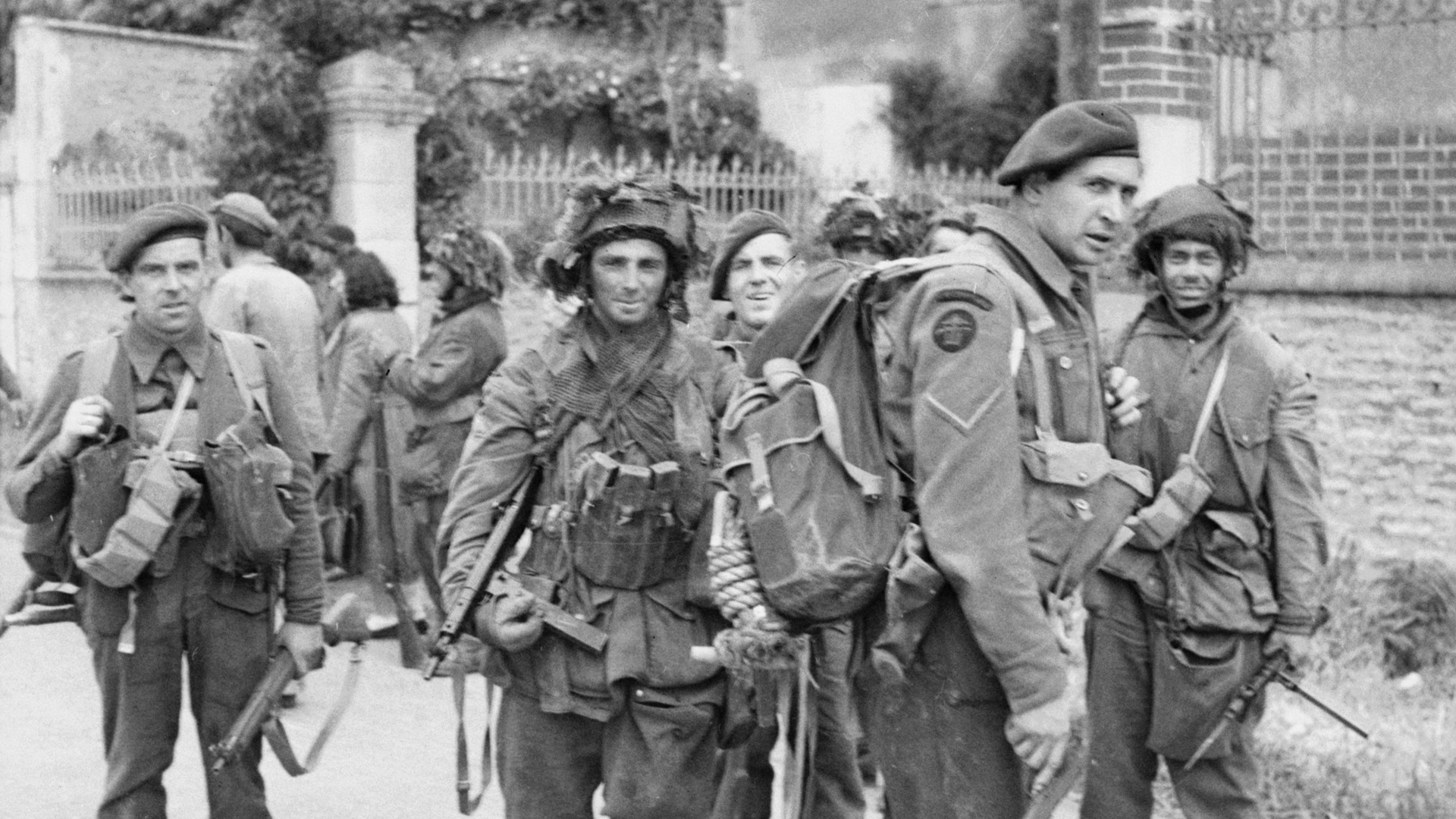
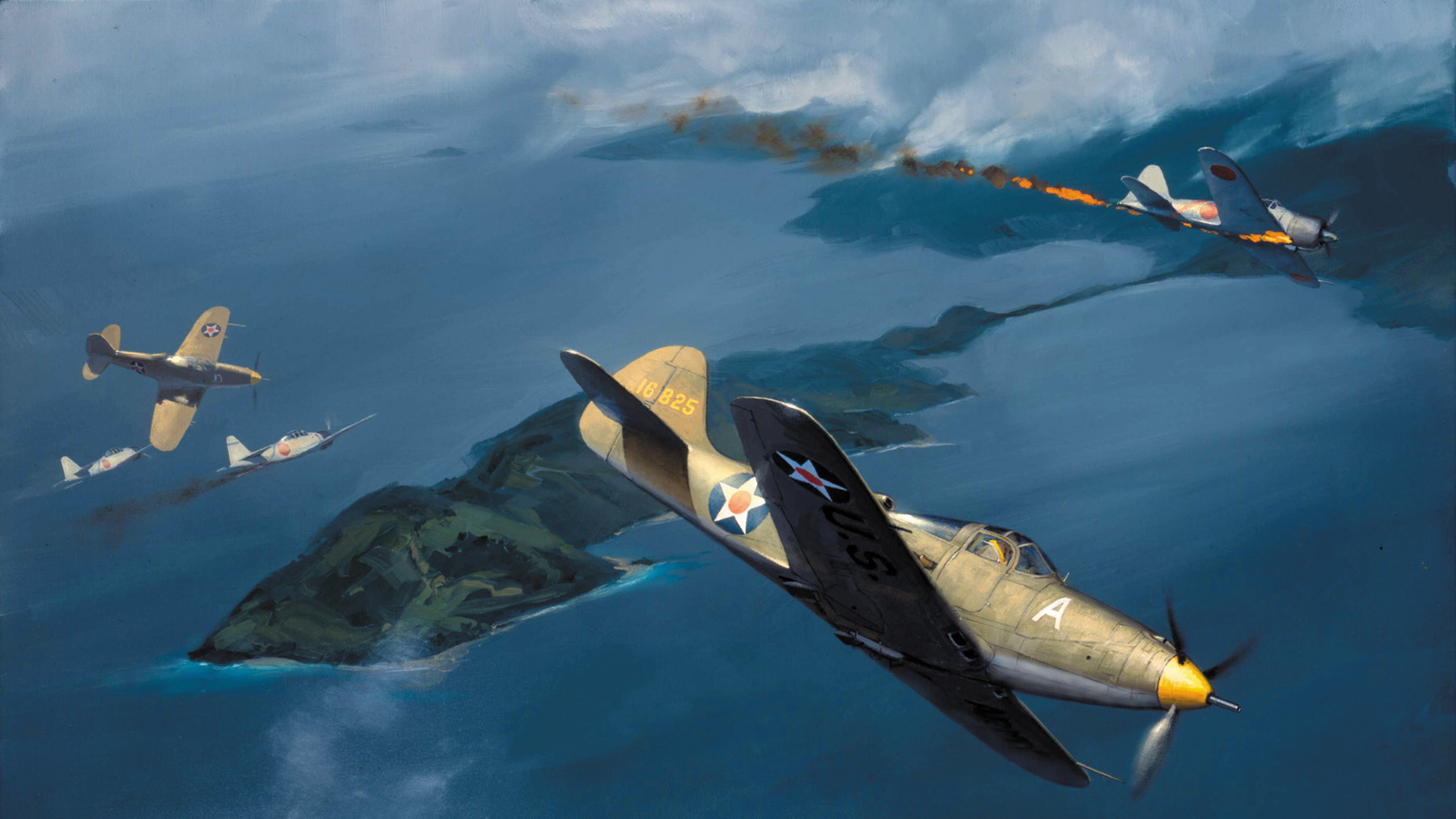
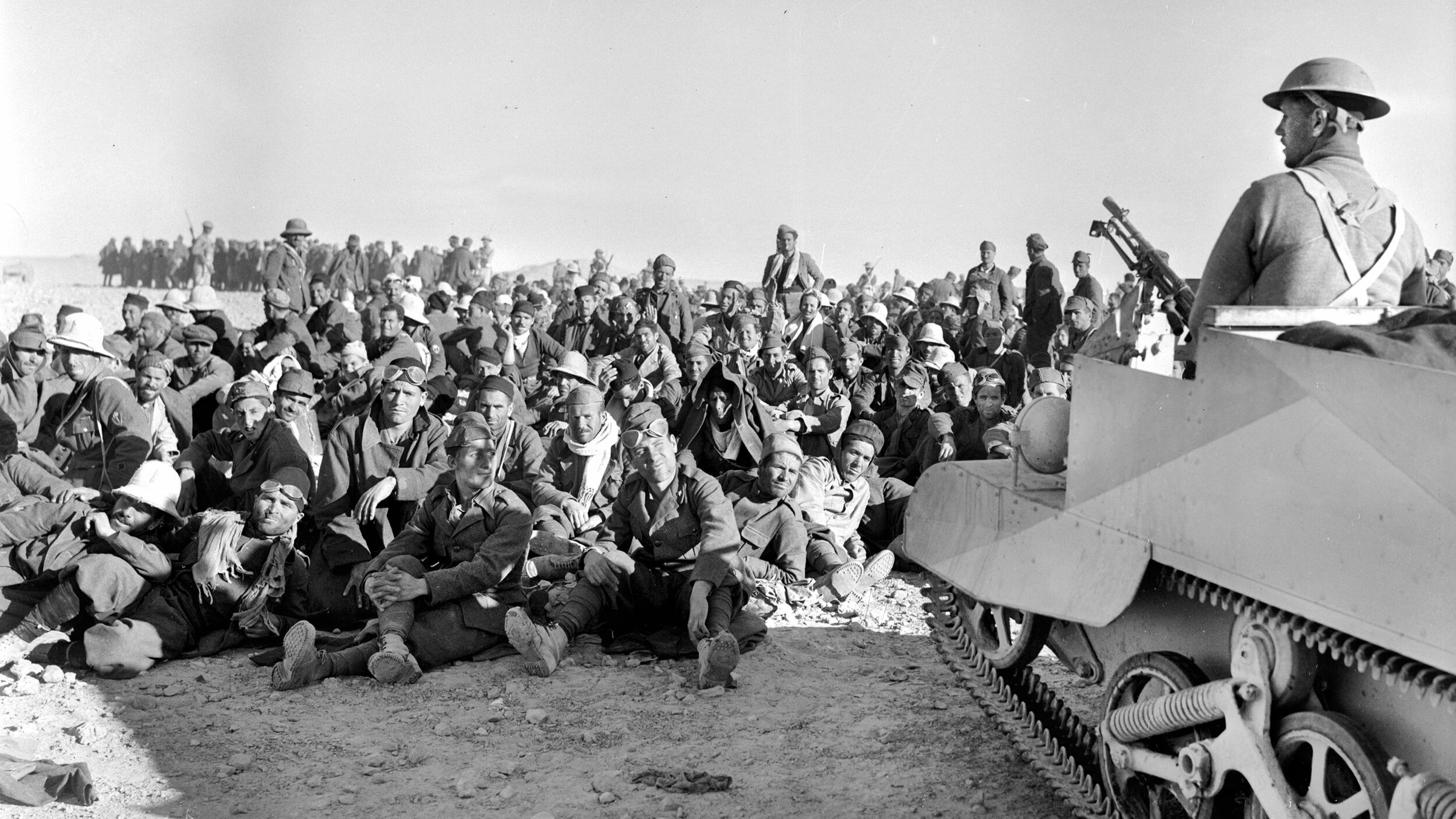
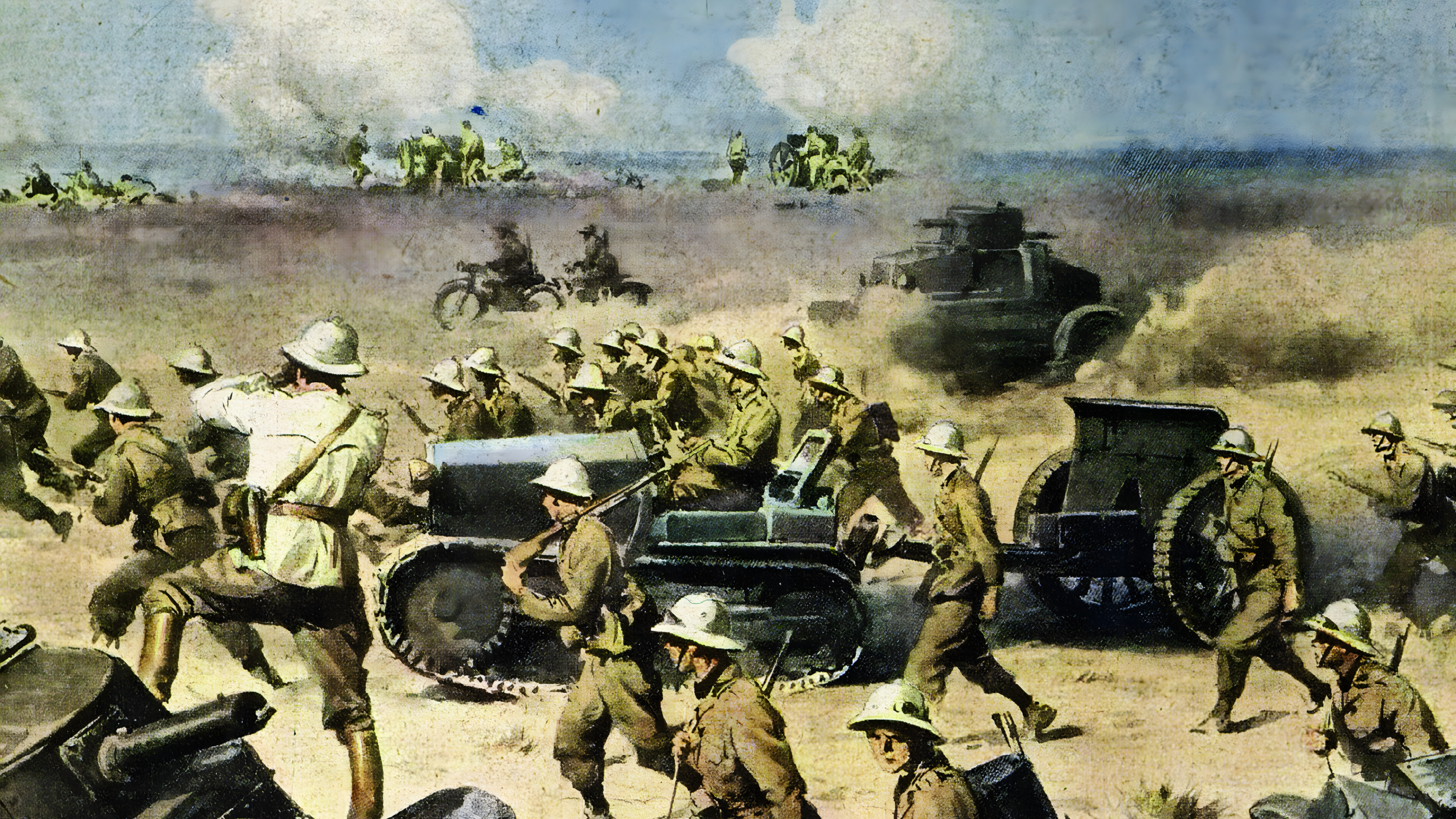
Join The Conversation
Comments
View All Comments